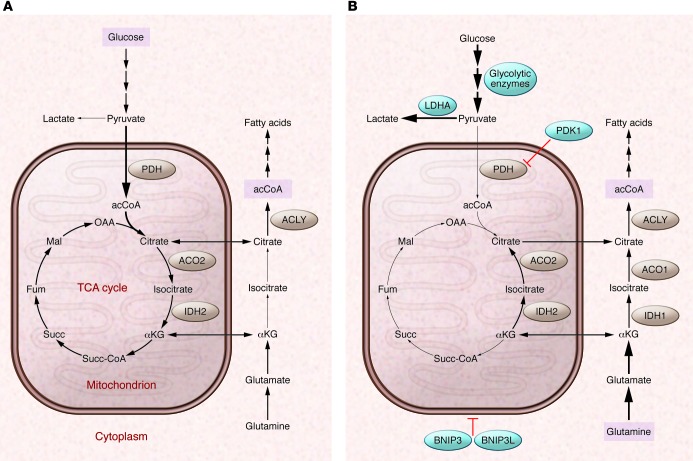Figure 2. Oxygen-dependent regulation of glucose and glutamine metabolism by HIF-1.
(A) In well-oxygenated cells, glucose is metabolized to pyruvate, which is converted to acCoA by PDH for entry into the TCA cycle. Glucose-derived citrate is shuttled to the cytosol and converted to acCoA by ATP-citrate lyase (ACLY) for fatty acid synthesis. Glutamine is converted to αKG for entry into the TCA cycle. (B) In hypoxic cells, HIF-1 activates the transcription of several genes: (a) PDK1 and genes encoding other isoforms of PDH kinase, which phosphorylates and inactivates PDH; (b) LDHA, which converts pyruvate to lactate; (c) other glycolytic enzymes and glucose transporters to increase flux through the glycolytic pathway; and (d) BNIP3 and BNIP3L, which trigger mitochondrial selective autophagy. To compensate for the reduced flux of glucose to citrate, reductive carboxylation of glutamine generates cytosolic citrate for fatty acid synthesis. Note the change in direction of the reactions catalyzed by aconitase (ACO1, ACO2) and isocitrate dehydrogenase (IDH1, IDH2) under hypoxic conditions. Blue circles indicate proteins that are products of HIF-1 target genes. Fum, fumarate; Mal, malate; OAA, oxaloacetate; Succ, succinate; Succ-CoA, succinyl coenzyme A.

